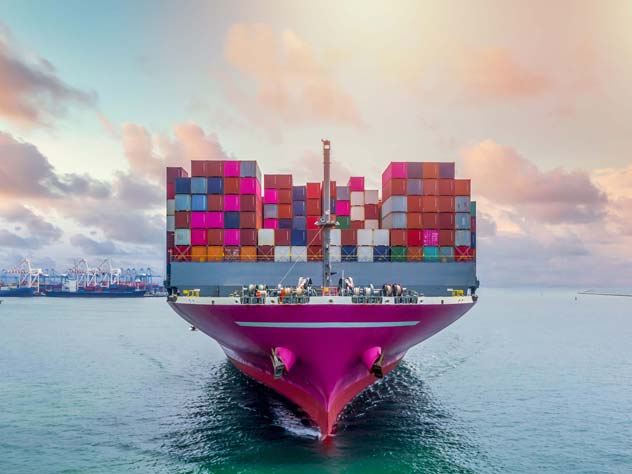What is the impact of these new sanctions?
The EU regulations require importers to provide evidence of the country of origin for iron and steel inputs used in the processing of products in third countries. This requirement ensures that no Russian-origin materials are incorporated into the final products imported into the EU market.
The two main HS tariff chapters affected are:
- 72 – Iron and steel.
- 73 – Articles of iron and steel.
If the imported iron and steel products do not contain Russian steel products, code “Y824” should be entered in box 44.2 of the customs declaration. If the products do contain Russian steel products, importation is prohibited.
If the importer fails to present sufficient documentation from a customs authority perspective, the import will be rejected.
What you need to know about the new sanctions

 Which documentation is relevant for importers?
Which documentation is relevant for importers?
The EU regulations do not explicitly specify the exact documentation required to prove which country the iron and steel originated from. However, the European Commission has issued guidance that suggests a mill test certificate (MTC) may suffice to establish non-Russian origin.
In addition to the proposed mill test certificates, national competent authorities might determine the following documentation to prove evidence of the country of origin, restricting import of iron and steel products originating from Russia:
- Invoices
- Product descriptions
- Quality certificates
- Supplier declarations
- Calculation and production documents
- Customs documents of the exporting country
- Business correspondence
- Production descriptions
- Declarations of the manufacturer or exclusion clauses in purchase contracts

 What information must mill test certificates (MTC) contain?
What information must mill test certificates (MTC) contain?
For semi-finished products:
- The name of the facility where production took place
- The name of the country corresponding to the heat number (country of the ladle of melting)
- Classification of the product’s subheading level (six-digit HS code)
For finished products:
- Name of the country and facility corresponding to the heat number (country of the ladle of melting)
- Classification of the product’s subheading level (six-digit HS code)
- When relevant, the name of the country and facility where the following processing or operations were performed:
• Hot-rolling
• Cold-rolling
• Hot-dipped metallic coating
• Electrolytic metal coating
• Organic coating
• Welding
• Piercing/extruding
• Drawing/pilgering
• ERW/SAW/HFI/laser welding

 What should importers do?
What should importers do?
The extent of documentation regarding what customs authorities expect may vary within the EU member states. Importers therefore should familiarise themselves with the new trade sanctions and contact local customs authorities, as well as Kuehne+Nagel, to apply domestic customs provisions.










